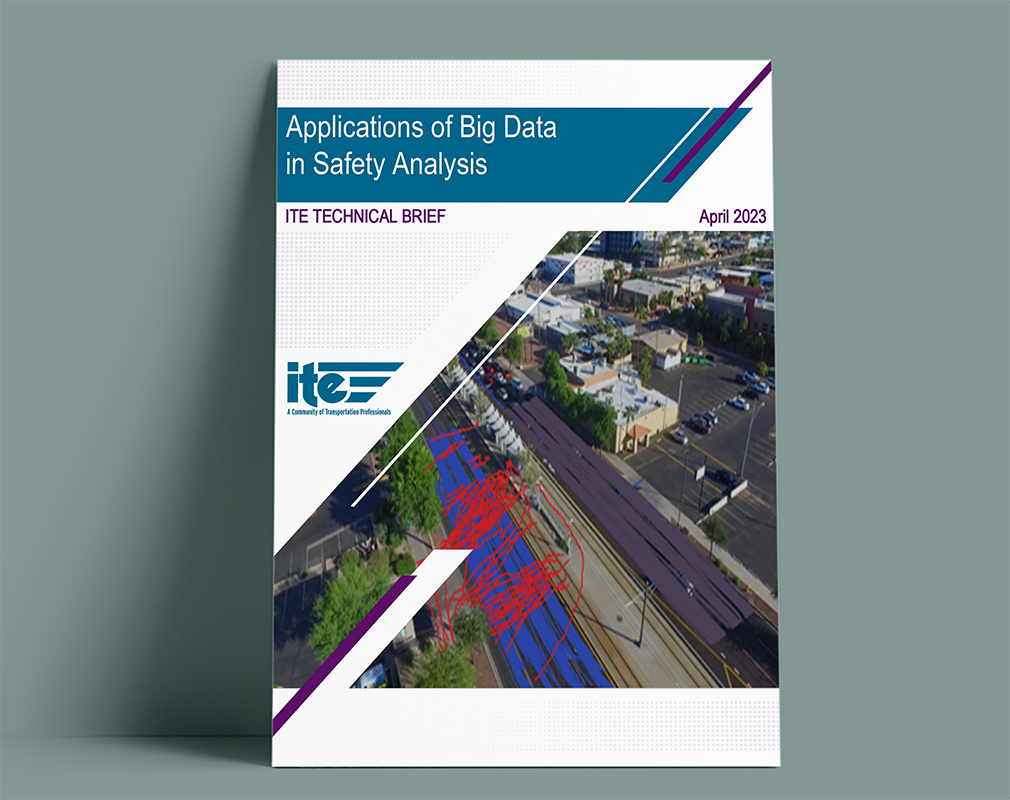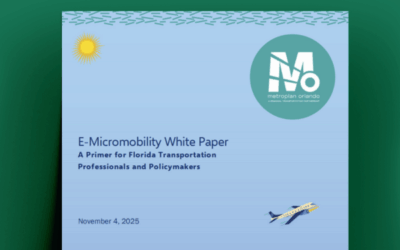
Big Data allows experts to look beyond traditional crash data. Traditional methods are useful in identifying high crash frequency locations; however, the downside is that they are reactive meaning a crash must occur for the data to be collected. Instead, Big Data is allowing practitioners to study a larger number of potential traffic incidents and trouble spots by evaluating specific contributing factors (i.e., driver behavior) to find out what might cause accidents before they happen. As technology improves and the industry shifts towards the use of even more advanced tools like real-time sensors and automated data collection systems, (i.e., Smart Cities), agencies will be able to proactively explore options for using Big Data as they upgrade and expand their existing systems.
To learn more about applying the right data sets to your safety projects, access the brief here. Be sure to tune in to the upcoming ITE webinar featuring ITE Brief co-author, Diwu Zhou, on May 23, 2023.
Contributors

Diwu Zhou
Senior Transportation Engineer
PE, RSP1

Meghan Mitman
RSP2I
Explore More
Celebrating Our Lifelong Learners
We thank our dedicated team members who have gone the extra mile to earn certifications and licenses during the past year.
Planning for the Future of E-Micromobility
E-bike and e-scooter usage continues to expand nationwide, creating challenges for planners. These two papers explain what’s happening and how we can help our clients prepare for the future.
Come Find Us at TRB 2026
At the 2026 TRB Annual Meeting, our team will share insights on topics ranging from the Safe System Approach to supply chain challenges. We’ll also participate in the career fair.




